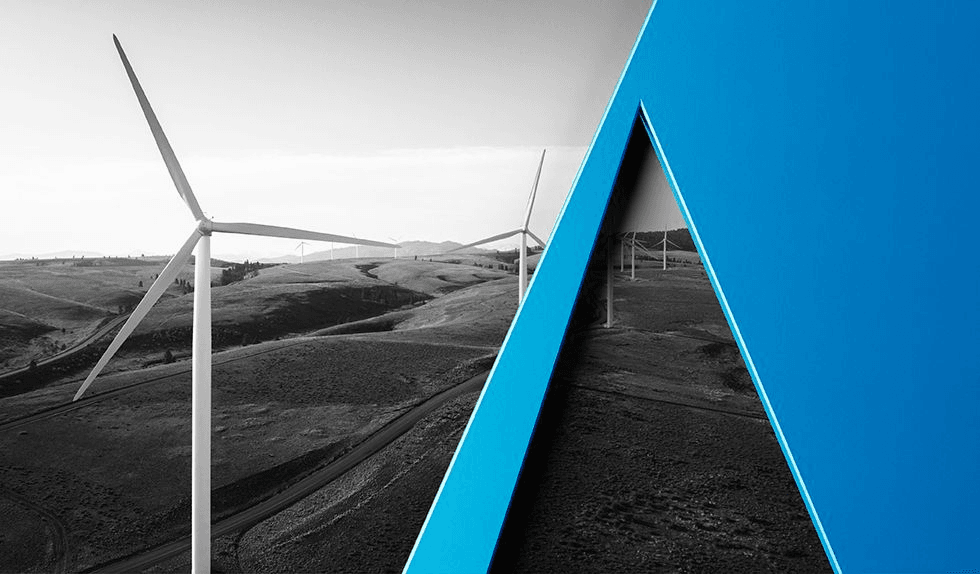FERC explained in a news release that the NOI “builds on” FERC’s Order No. 881, issued in December 2021, which directed transmission providers to use somewhat less sophisticated “ambient-adjusted ratings (AARs) as the basis for evaluating near-term transmission service as well as for the determination of the necessity of certain curtailment, interruption or redispatch of near-term transmission service.”3 FERC took this action because using “only seasonal [or] static temperature assumptions in developing transmission line ratings [can] result in . . . ratings that do not accurately represent the transfer capability of the transmission system.”4 Inaccurate ratings can, in turn, produce unjust and unreasonable rates because “all else [being] equal, as transfer capability declines, wholesale rates increase,”5 and “inaccurate transmission line ratings can result in underutilization (or overutilization) of existing transmission facilities, thereby sending a signal that there is less (or more) transfer capability than is truly available.”6
DLRs “can provide net benefits to customers, such as when the limiting element for a transmission facility experiencing significant congestion is the conductor and conditions besides ambient air temperature have a consistent and significant impact on the power carrying capabilities of the line.”7 In addition, using DLRs “generally allows for greater power flows than would otherwise be allowed and that their use can also detect situations where power flows should be reduced to maintain safe and reliable operation and avoid unnecessary wear on transmission equipment.”8 However, they also come with “costs and challenges not found in AAR implementation,” such as to add sensors and maintain cybersecurity,9 so stakeholder opinions differ on the relationship of such costs to their benefits. FERC “believes additional information is required to evaluate the relative benefits, costs and challenges of [DLR] implementation”10 and will collect that information in the NOI proceeding.
1 FERC, News Release, FERC Opens Inquiry on Use of Dynamic Line Ratings to Promote Grid Efficiency, at 1, Docket No. AD22-5-000 (Feb. 17, 2022), https://elibrary.ferc.gov/eLibrary/filedownload?fileid=83303EB9-1548-C59D-9006-7F0971800000 (the “News Release”).
2 See NOI at P 5 (noting that “DLRs are based not only on forecasted ambient air temperatures and the presence or absence of solar heating, but also on other weather conditions, such as wind, cloud cover, solar heating intensity (instead of only daytime/nighttime distinctions used in [ambient-adjusted ratings]), and precipitation, and/or on transmission line conditions such as tension or sag”). See also id. at n.1 (discussing Managing Transmission Line Ratings, Order No. 881, 177 FERC ¶ 61,179 (2021)).
3 News Release at 1.
4 NOI at P 2.
5 Id. at P 8.
6 Id.
7 Id. at P 5.
8 Id. See also id. at P 11.
9 Id. at P 6.
10 News Release at 1.



